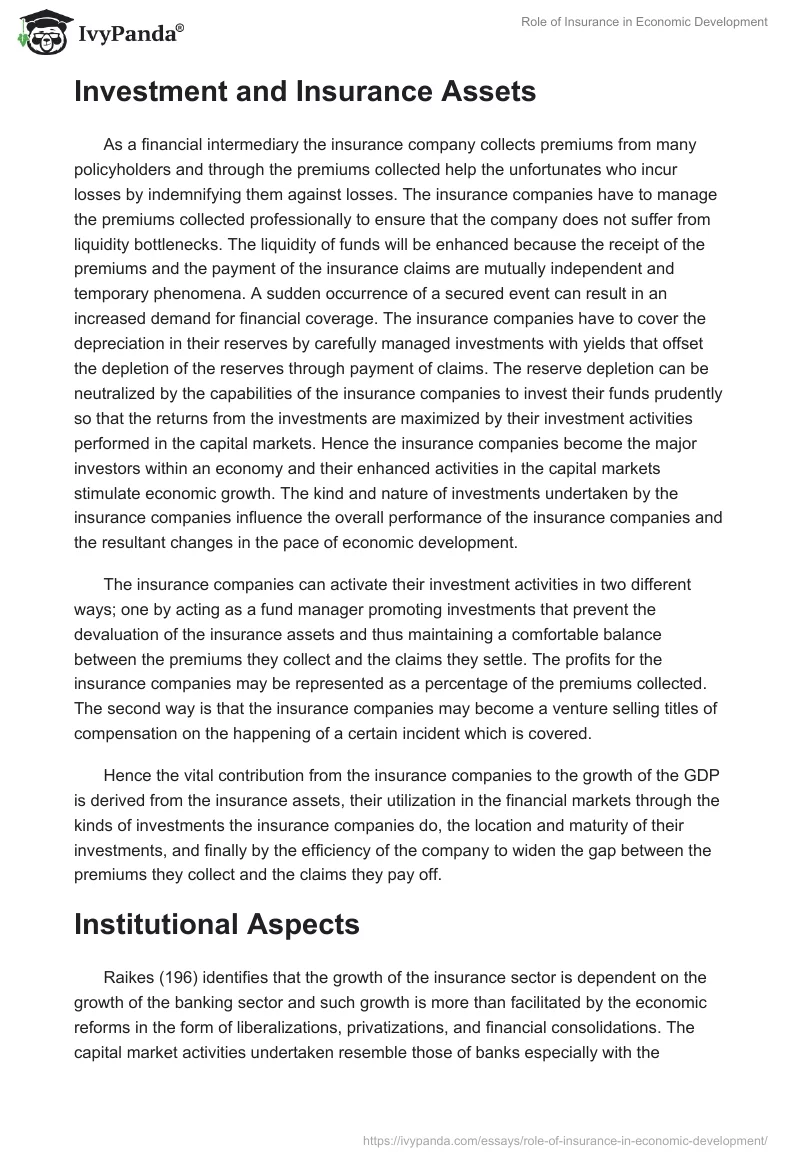See This Report on Pacific Prime
Table of ContentsNot known Facts About Pacific PrimeThe 10-Second Trick For Pacific PrimePacific Prime Fundamentals ExplainedThe Best Guide To Pacific PrimeHow Pacific Prime can Save You Time, Stress, and Money.

This is since the data were collected for a duration of strong economic performance. Of the estimated 42 million people that were uninsured, just about about 420,000 (concerning 1 percent) were under 65 years of age, the age at which most Americans end up being eligible for Medicare; 32 million were adults in between ages 18 and 65, about 19 percent of all grownups in this age group; and 10 million were youngsters under 18 years old, concerning 13.9 percent of all children (Mills, 2000).
These quotes of the number of individuals uninsured are produced from the annual March Supplement to the Current Populace Study (CPS), conducted by the Census Bureau. Unless or else kept in mind, national quotes of individuals without health insurance policy and percentages of the population with various kinds of insurance coverage are based on the CPS, the most widely made use of source of estimates of insurance protection and uninsurance rates.
The 5-Minute Rule for Pacific Prime

Still, the CPS is specifically valuable due to the fact that it creates yearly price quotes reasonably promptly, reporting the previous year's insurance policy coverage approximates each September, and since it is the basis for a constant set of estimates for even more than twenty years, enabling evaluation of trends in insurance coverage over time. For these reasons, along with the considerable use of the CPS in other researches of insurance policy coverage that are offered in this report, we rely upon CPS price quotes, with restrictions noted.

The estimate of the number of without insurance people broadens when a populace's insurance standing is tracked for a number of years. Over a three-year duration starting helpful hints early in 1993, 72 million individuals, 29 percent of the united state populace, were without insurance coverage for at the very least one month. Within a solitary year (1994 ), 53 million people experienced at the very least a month without protection (Bennefield, 1998a)
6 out of every ten uninsured grownups are themselves employed. Although functioning does enhance the likelihood that one and one's relative will certainly have insurance coverage, it is not a warranty. Even members of family members with two full-time breadwinner have virtually a one-in-ten opportunity of being uninsured (9.1 percent uninsured rate) (Hoffman and Pohl, 2000).
Facts About Pacific Prime Revealed
New immigrants make up a considerable percentage of people without medical insurance. One analysis has associated a substantial portion of the current development in the dimension of the U.S. without insurance population to immigrants who showed up in the nation between 1994 and 1998 (Camarota and Edwards, 2000). Current immigrants (those that concerned the USA within the previous four years) do have a high price of being without insurance (46 percent), yet they and their children represent simply 6 percent of those without insurance policy across the country (Holahan et al., 2001).
The relationship between medical insurance and accessibility to care is well developed, as recorded later on in this chapter. The connection between health insurance and health end results is neither straight neither straightforward, an extensive medical and health services study literature links health insurance policy protection to improved accessibility to care, far better high quality, and boosted individual and population health and wellness condition.
Degrees of analysis for taking a look at the results of uninsurance. This discussion of health insurance protection concentrates mostly on the united state populace under age 65 since virtually all Americans 65 and older have Medicare or other public insurance coverage. It focuses particularly on those without any kind of health and wellness insurance policy for any size of time.
Getting The Pacific Prime To Work
The problems faced by the underinsured are in some areas similar to those faced by the without insurance, although they are usually less severe. Wellness insurance, however, is neither essential nor sufficient to obtain accessibility to clinical services. The independent and straight result of wellness insurance policy coverage on accessibility to health and wellness services is well developed.
Others will certainly acquire the healthcare they need also without health and wellness insurance coverage, by paying for it expense or seeking it from carriers who supply care totally free or at highly subsidized prices. For still others, health insurance coverage alone does not ensure invoice of treatment as a result of other nonfinancial obstacles, such as a lack of health treatment suppliers in their community, minimal access to transportation, illiteracy, or linguistic and social distinctions.
The Single Strategy To Use For Pacific Prime
Official study concerning uninsured populations in the United States dates to the late 1920s and early 1930s when the Committee on the Cost of Medical Treatment created a collection of reports about financing medical professional workplace visits and hospital stays. This concern came to be salient as the numbers of medically indigent climbed up throughout the Great Depression.